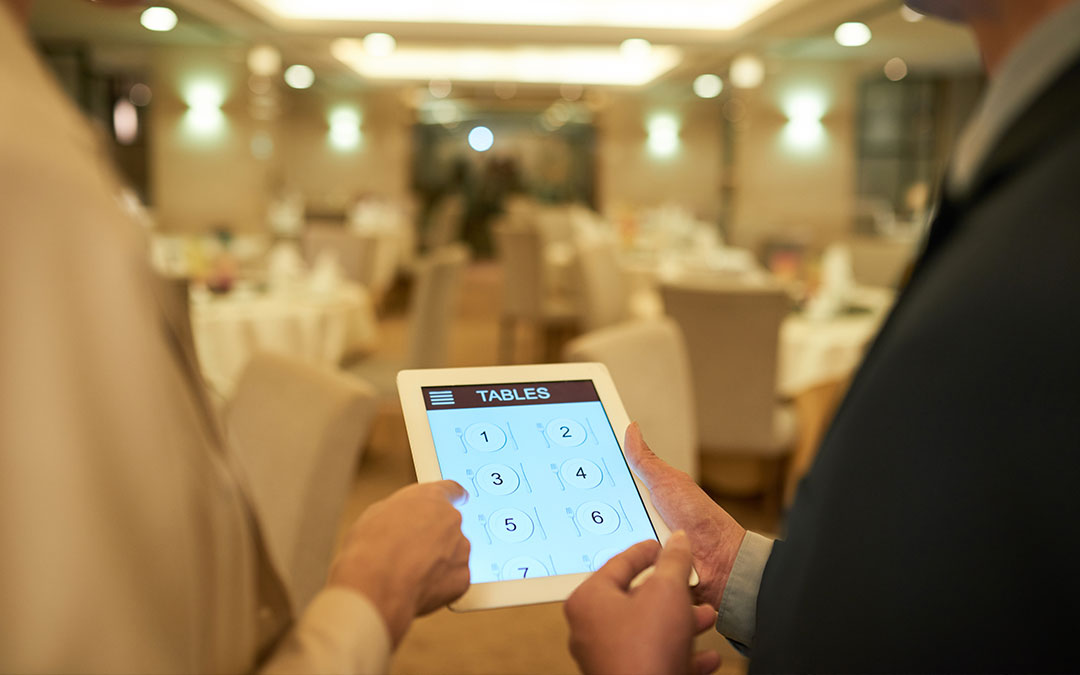60 Round Dining Table Seats How Many

The 60 inch, or 150 centimeter, round banquet table, seating 8 or 10 people, is possibly the worst invention in the history of the hospitality industry. Having spent over 20 years producing events, I know I am risking the ire of hotel and catering managers around the world, but the truth is the 60" round table (or even worse, it's 72 in. (180 cm) cousin that seats 10-12), simply has to go, at least when it comes to galas, weddings or other seated dinners.
If you're having roundtable discussions, on the other hand, a 60" or 72" round table is great. But in those situations the event elements are configured to encourage dialogue. So there's no loud music in the background, no bulky centerpieces to block your vision across the table, etc. And with everyone participating in a single group discussion, the round table provides a nice flow as well as equal site lines from any seat.
For your typical gala or corporate dinner, however, the larger round table is just plain lousy. Though it serves several functions, the enjoyment of the guests seated there is not one of them. Between the loud music in the background and the centerpieces on the table, it's very difficult to have a conversation with anyone but the people on either side of you. And if you're bold enough to talk to someone across the table, everyone else can hear your conversation.
Instead, why not try seating 6-8 people at a 48" (120 cm) round table? By having fewer people at the table, it's less intimidating for guests to start conversations with each other. Plus, by shrinking the diameter of the table, it's easier to see and hear each other without shouting.
Or, if you're feeling adventurous, how about 36" (100 cm) round tables of 5 people each? The smaller the group, the more likely you are to get the whole table engaged in group conversation. Intimacy breeds connection and engagement, which is often one of the key reasons for hosting an event in the first place.
Since just about every guest hates the ten top, why do we keep organizing events with tables of ten?
Banquet managers will say they're easier on the wait staff, a common service ratio being one waiter per table. Hosts will say it's easier to assign seating in blocks of ten, though I'm not sure I agree. For fundraisers, a common sponsorship sale is the table of ten, but that's certainly not because sponsors asked for it. It's quite common, in fact, for a company to buy a table of ten and then struggle to fill it; I'd argue they'd be fine paying the same amount and having to supply fewer people. Whatever you think the benefit is, it's certainly not for the people sitting there.
I'm a big follower of marketing and customer engagement expert Seth Godin, and earlier this year in his blog post, "The Secret of the Five Top" he said "Thousands of speeches later, I can tell you the single worst thing an organizer can do to her event is sit people at tables of ten."
In most other event planning instances, we strive to create an event environment that will provide the maximum level of interaction and enjoyment of our attendees, yet in this case we let waiter logistics trump guest engagement. Could you imagine if your AV provider tried to convince you to go with a set of speakers that guests had a hard time hearing, simply because they were easier for their technicians to install?
Let's push our catering and venue partners to find an efficient way to serve people at table sizes that make sense for our cherished guests, not the other way around.
60 Round Dining Table Seats How Many
Source: https://eventleadershipinstitute.com/death-to-the-60-150-cm-round/

0 komentar:
Posting Komentar